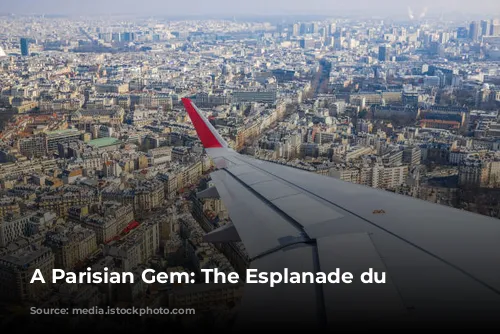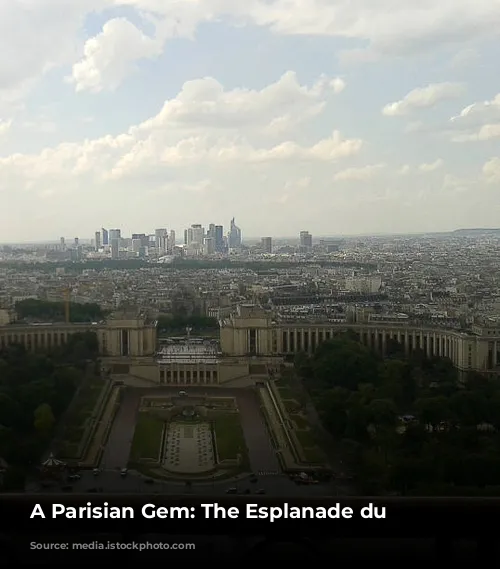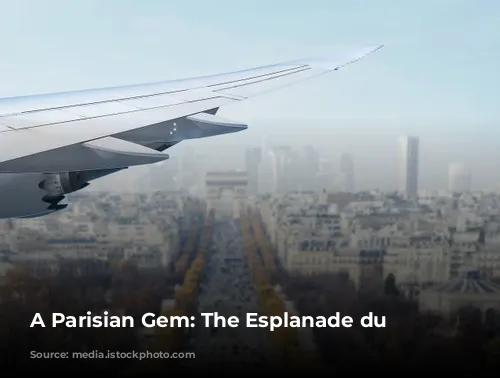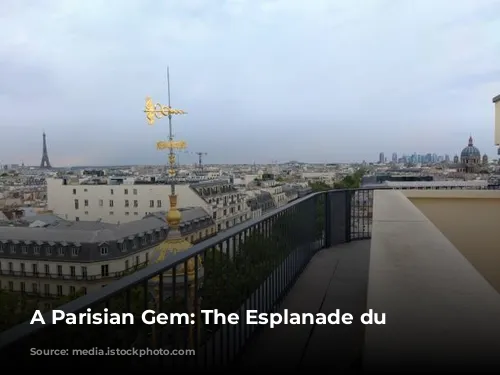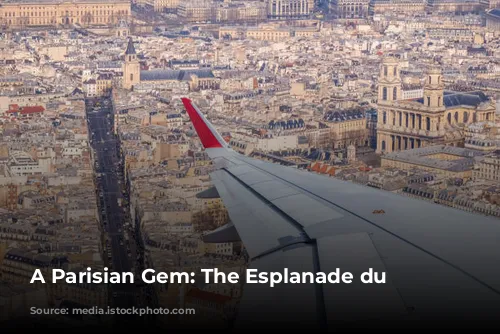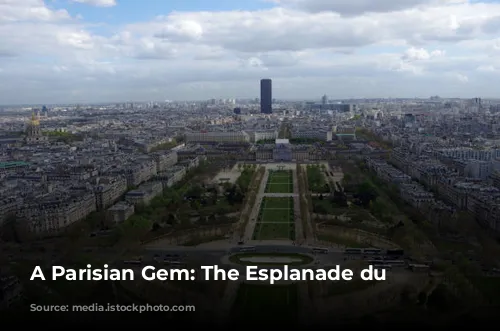Imagine standing on a grand terrace with breathtaking views, feeling the cool breeze against your face, and hearing the gentle sound of water cascading down the steps. This is the Esplanade du Trocadero, a Parisian treasure offering more than just stunning visuals. Let’s explore its history, symbolism, and cultural significance.

A Royal View of Paris
The Esplanade du Trocadero, situated on the right bank of the Seine, is a captivating spot in Paris. The iconic Eiffel Tower stands majestically opposite, separated by the Pont d’Iéna bridge. It’s like a majestic painting with the Eiffel Tower as the centerpiece and the Esplanade its beautiful frame.
This vast, open space is bordered by the Palais de Chaillot, a grand architectural masterpiece that embodies the spirit of the 1930s. Below the palace, the Esplanade’s terraces descend gracefully towards the Seine. The gardens are lush with Caucasian walnut trees and centuries-old hazelnut trees, adding a touch of natural beauty to this urban landscape. The water jets of the grand basin create a mesmerizing dance, drawing crowds who enjoy a leisurely stroll, or a lively skate or skateboard session.
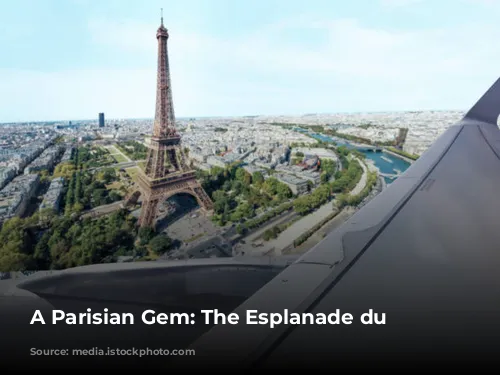
From Universal Exhibition to Human Rights Square
The Esplanade du Trocadero has witnessed many transformations since its creation. It was designed for the 1937 Universal Exhibition, showcasing the grandeur of the era. The name “Trocadero” itself originated from a battle fought by Spanish forces against the Inca Empire in the 16th century.
However, the Esplanade has become more than just a beautiful space. In 1985, it was renamed “Parvis des Droits de l’Homme” (Human Rights Square) to commemorate the adoption of the Universal Declaration of Human Rights at the Palais de Chaillot in 1948. This symbolic gesture underscores the Esplanade’s role as a platform for human rights and freedom.
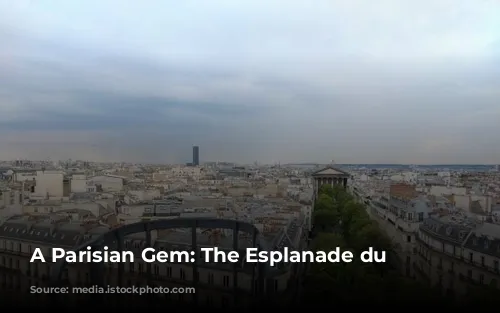
A Symbol of Unity and Action
The Esplanade embodies the spirit of unity and action against injustice. A monumental plaque, inscribed with the words “men are born and remain free and equal in rights,” serves as a reminder of the fundamental principles of human rights.
In 1987, another plaque was added, dedicated to Father Joseph Wresinski and his fight against poverty. This plaque recognizes the importance of fighting poverty and ensuring human rights for all. This dedication marked the establishment of the World Day to Overcome Extreme Poverty, celebrated every October 17th.
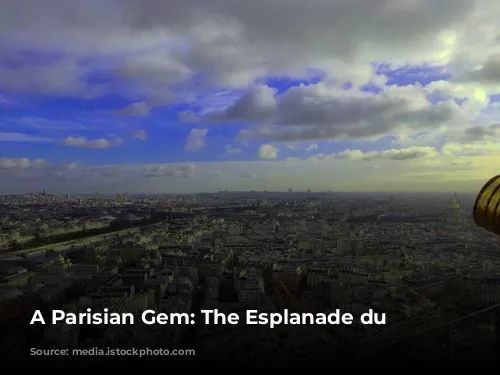
A Star of Cinema
The Esplanade du Trocadero has not only been a stage for political and social movements but has also been a star in the world of cinema. It has graced the screen in numerous films, showcasing its charm and grandeur. From “Les Yeux sans Visage” to “Les Misérables”, the Esplanade has been featured in iconic films, captivating audiences with its Parisian allure.
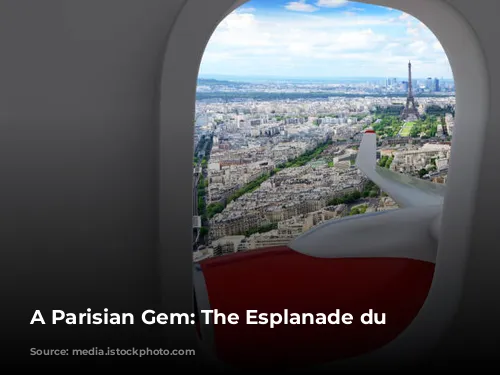
A Lasting Legacy
The Esplanade du Trocadero stands as a timeless symbol of Paris’ rich history and its commitment to human rights. It’s a place where past and present collide, where beauty and symbolism intertwine. Whether you’re captivated by its architectural grandeur or its role in promoting human rights, the Esplanade du Trocadero is a testament to Paris’ enduring legacy.
